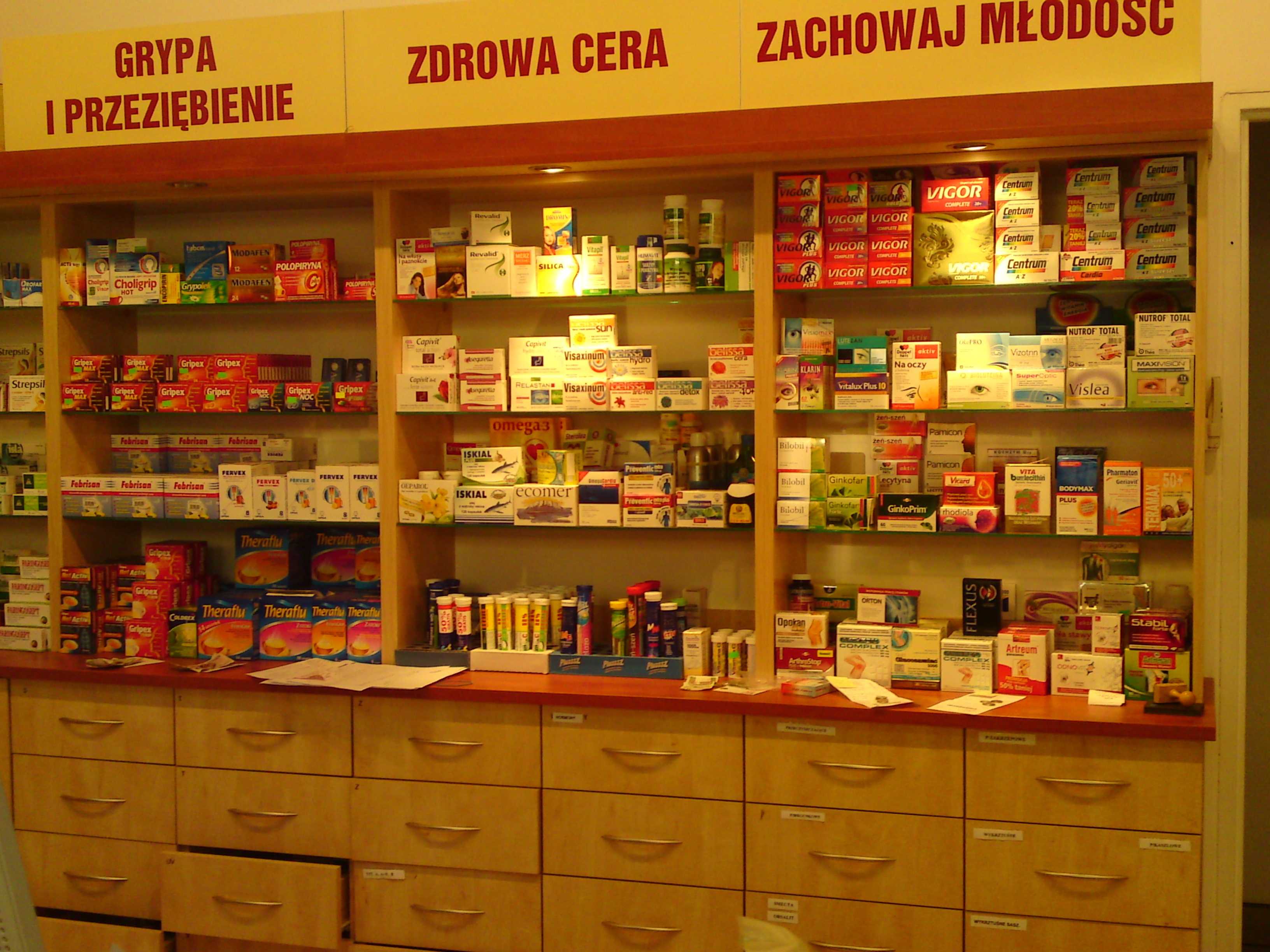Objectives, applications and factors affecting mixing and difference between solid and liquid mixing
Mixing is a fundamental process in pharmaceutical engineering, playing a crucial role in the production of various dosage s. The primary objective of mixing is to achieve a homogeneous blend of different components, ensuring uniity in the final product. This process is vital for the efficacy, safety, and quality of pharmaceutical products. In this article, we will explore the objectives, applications, and factors affecting mixing, as well as the differences between solid and liquid mixing in the context of pharmaceutical engineering.
Objectives of Mixing
- Homogeneity: The main goal of mixing is to achieve a uni distribution of all components in the mixture. This ensures that each dose contains the correct amount of active pharmaceutical ingredient (API) and excipients.
- Enhancing Stability: Proper mixing can enhance the stability of the final product by ensuring that all components are evenly distributed, reducing the risk of degradation or separation.
- Improving Bioavailability: Mixing can improve the bioavailability of the drug by ensuring that the API is evenly distributed and readily available for absorption.
- Facilitating Chemical Reactions: In some ulations, mixing is necessary to facilitate chemical reactions between components, leading to the ation of the desired product.
- Ensuring Consistency: Consistent mixing ensures that each batch of the product meets the required specifications and quality standards.
Applications of Mixing
- Tablet and Capsule Formulation: Mixing is essential in the preparation of granules and powders for tablet compression and capsule filling. It ensures uni distribution of the API and excipients.
- Suspensions and Emulsions: In the production of liquid dosage s like suspensions and emulsions, mixing is crucial to achieve a stable and homogeneous product.
- Creams and Ointments: Mixing is used to produce semi-solid dosage s such as creams and ointments, ensuring uni distribution of the active ingredients.
- Parenteral Preparations: In the preparation of injectable solutions and suspensions, mixing ensures that the API is evenly distributed and the product is free from particulate matter.
- Inhalation Products: For inhalation products, mixing ensures that the drug particles are unily distributed in the carrier, providing consistent dosing.
Factors Affecting Mixing
- Particle Size and Shape: The size and shape of the particles can significantly affect the mixing process. Smaller particles tend to mix more easily, while irregularly shaped particles may cause segregation.
- Density: Differences in the density of the components can lead to segregation during mixing. Denser particles tend to settle at the bottom, while lighter particles rise to the top.
- Moisture Content: The presence of moisture can affect the flow properties of the particles, leading to agglomeration and poor mixing.
- Viscosity: In liquid mixing, the viscosity of the components can affect the mixing process. Higher viscosity liquids require more energy to mix and may result in incomplete mixing.
- Mixing Time and Speed: The duration and speed of mixing can influence the homogeneity of the mixture. Insufficient mixing time or speed can lead to incomplete mixing, while excessive mixing can cause degradation of the components.
- Equipment Design: The design of the mixing equipment, including the type of mixer and the configuration of the mixing blades, can affect the efficiency of the mixing process.
Differences Between Solid and Liquid Mixing
Mechanisms of Mixing
- Solid Mixing: Involves the movement of solid particles to achieve a uni distribution. The primary mechanisms include convection, shear, and diffusion.
- Liquid Mixing: Involves the movement of liquid molecules to achieve homogeneity. The primary mechanisms include bulk transport, turbulent flow, and laminar flow.
Energy Requirements
- Solid Mixing: Generally, requires more energy due to the need to overcome the friction between solid particles.
- Liquid Mixing: Typically requires less energy as liquids can flow more easily and mix through convection and diffusion.
Homogeneity
- Solid Mixing: Achieving homogeneity can be challenging due to the tendency of particles to segregate based on size, shape, and density.
- Liquid Mixing: Achieving homogeneity is generally easier as liquids can mix more readily through molecular diffusion.
Equipment
- Solid Mixing: Common equipment includes tumblers, ribbon blenders, and high-shear mixers.
- Liquid Mixing: Common equipment includes agitators, impellers, and homogenizers.
Applications
- Solid Mixing: Used in the preparation of powders, granules, and solid dosage s like tablets and capsules.
- Liquid Mixing: Used in the preparation of solutions, suspensions, emulsions, and liquid dosage s.
| Aspect | Solid Mixing | Liquid Mixing |
| Mechanisms of Mixing | Convection, shear, diffusion | Bulk transport, turbulent flow, laminar flow |
| Energy Requirements | Higher, due to friction between particles | Lower, as liquids flow more easily |
| Homogeneity | Challenging due to particle segregation | Easier through molecular diffusion |
| Equipment | Tumblers, ribbon blenders, high-shear mixers | Agitators, impellers, homogenizers |
| Applications | Powders, granules, tablets, capsules | Solutions, suspensions, emulsions, liquid dosage s |
Conclusion
Mixing is a critical process in pharmaceutical engineering, essential for ensuring the uniity, stability, and efficacy of pharmaceutical products. Understanding the objectives, applications, and factors affecting mixing, as well as the differences between solid and liquid mixing, is crucial for optimizing the mixing process and achieving high-quality products. By carefully considering these factors and selecting the appropriate mixing equipment and parameters, pharmaceutical manufacturers can ensure consistent and reliable production of various dosage s.
For more regular updates you can visit our social media accounts,
Instagram: Follow us
Facebook: Follow us
WhatsApp: Join us
Telegram: Join us





